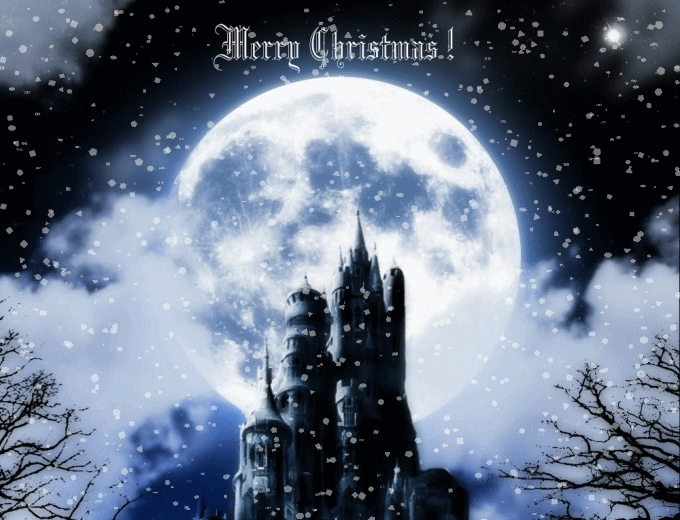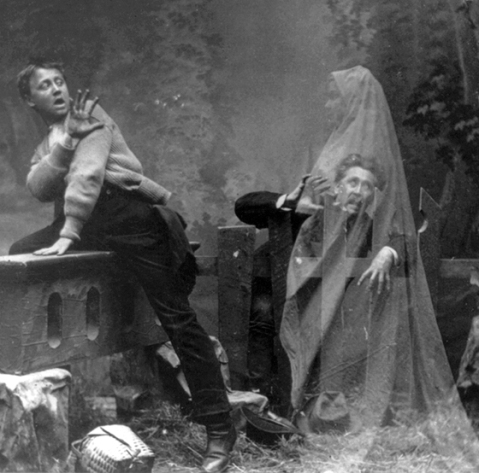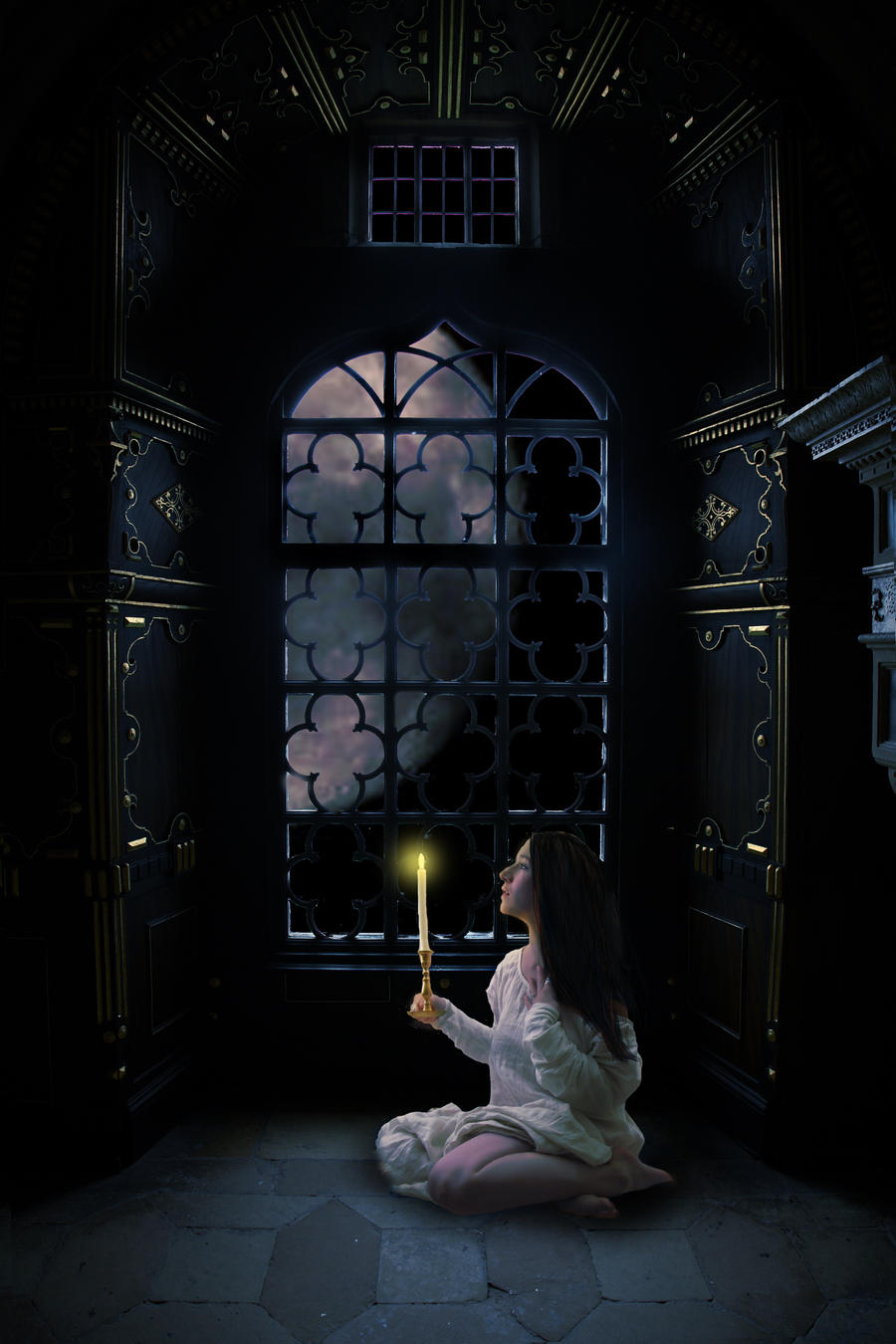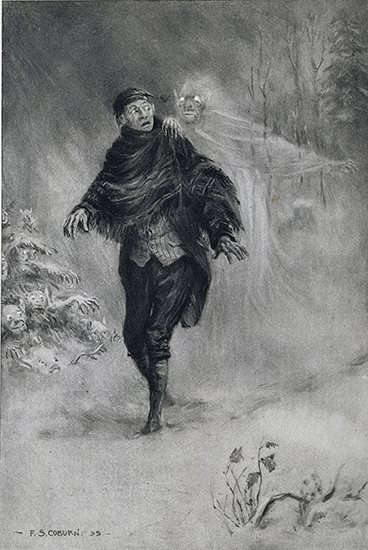"A Genre
Writer's Christmas"
By
Pamela K. Kinney
It
was the night before Christmas,
And
this writer was busy plotting
When
all of a sudden--
Her
characters came to life!
There
was the monster from her novel,
It
was chomping on a tasty victim.
The
hero appeared, stunning in purple;
Well,
that's the writer's favorite color, of course!
What
did you expect: white?
He
grabbed a sharpened pencil to duel with the fiend
When
the heroine popped in midair and dropped down,
Into
a container overflowing with paper clips.
Drowning,
a clip in her mouth, she cried out for help,
And
who do you think rescued her?
Not
the hero, oh no!
He
was trying to make time with a statue of a gargoyle,
That
stood guard over the writer's laptop
For
he had a thing for beings made of stone
The
monster rushed right over in a flash,
Not
to kill her or eat her,
No,
with a gentle paw, he helped her up.
And
arm in arm, both vanished to the monster's lair
Where
in chapter eleven, they got it on hot and heavy—
Wait
a moment…did you expect to read the scene?
No,
this Christmas poem is rated PG.
The
writer just shook her head,
With
a click of the mouse, saved the story.
The
hero dissipated, no more to be seen,
Well,
not until chapter twelve, anyway.
With
a sigh, the writer stood, snatching up her coffee cup,
Time
to join the family and reality,
The
story could wait for another time.
Because
it's Christmas after all:
Merry Christmas to all and to all,
a magical night!



























